Barely a week after launching the new Mazda3, Bermaz has given us an opportunity to test drive it. And not just on any old road, but on the Sepang International Circuit! (We’re still waiting on photos from the track)
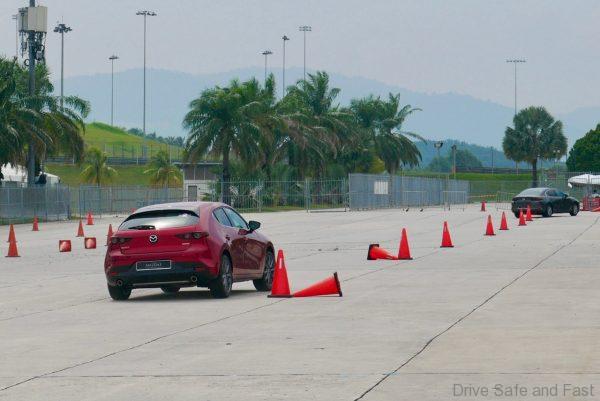
We got two runs of the full circuit, first with a 2-litre sedan variant and the second in the 1.5-litre hatchback.
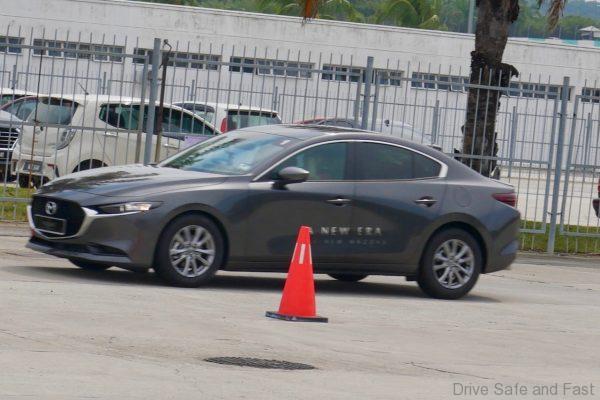
This was our first experience behind the wheel of a running Mazda3, needless to say there was a lot to take in. But we also had very little time with the cars, but here’s our quick impressions.
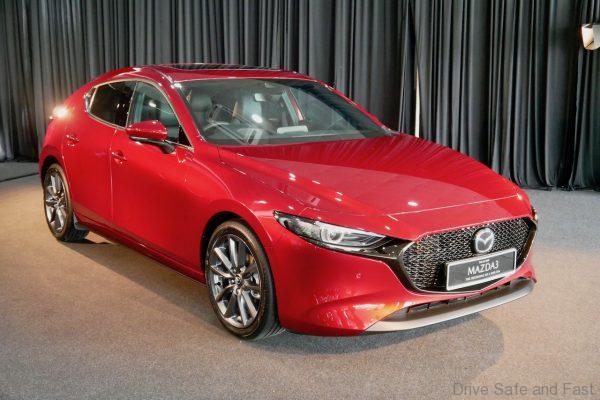
Common Characteristics
Both cars were extremely quiet and refined. They felt leagues ahead of the previous Mazda3, and this was perhaps the biggest takeaway from the drive for me. There’s also a sense that Mazda took their cabin quality up a notch. Materials don’t differ much compared to what you might find in a high-end current gen Mazda6, but the casting of components, fit and finish, as well as design are all appreciably improved.
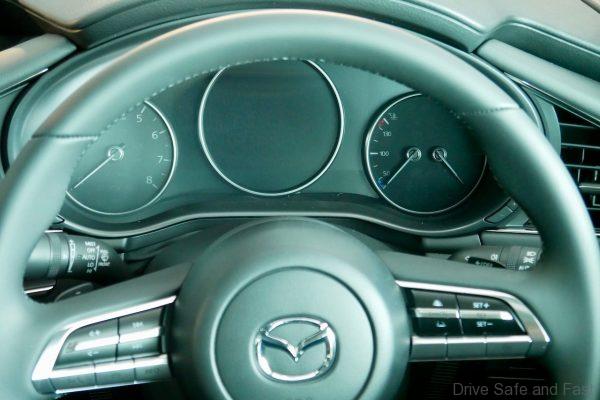
One good example is the signal and wiper stalks. On previous Mazda models, if you ran your fingers around back to where the stalks connect to the steering column, you would find the mould was incomplete. This time, this and many other little issues have been resolved and the result is a cabin that nears what European premium brands have to offer.
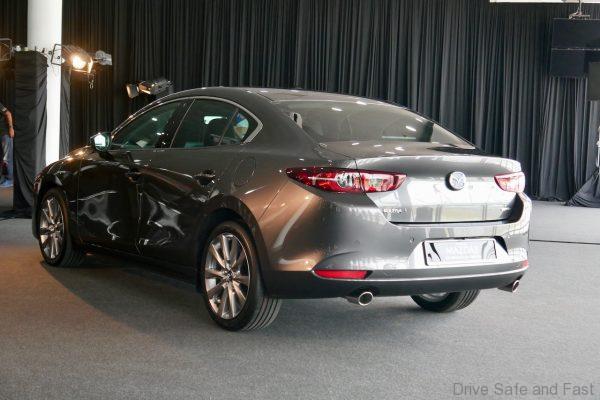
But of course there’s also the handling to talk about. The new Mazda3 introduces an all-new Skyactiv chassis which takes the JinbaIttai formula to the next level and gives one of the most communicative and rewarding drives of any front-wheel-drive vehicle in the market today. And yes, I’m counting base model premium hatchbacks here.

You can feel the weight of the car gradually shifting from side to side in these newly-designed seats. And the car’s ability to recover out of hard corners is remarkable. It’s also down to the new GVC Plus programming that seems to make transitions out of corners unbelievably smooth.
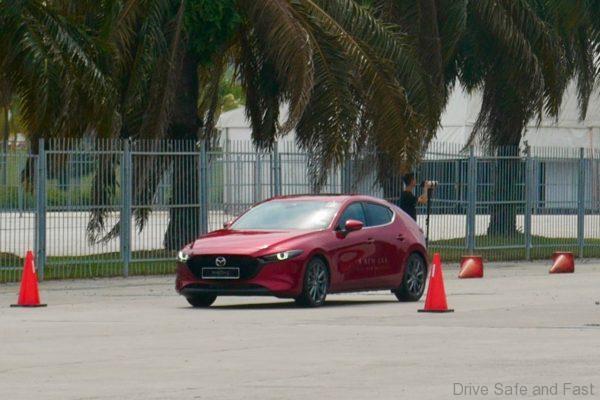
There’s also the extremely well-tuned transmission. The 6-speed Skyactiv-drive proves that there’s so much more to conventional automatic gearboxes that manufacturers can bring to the table.
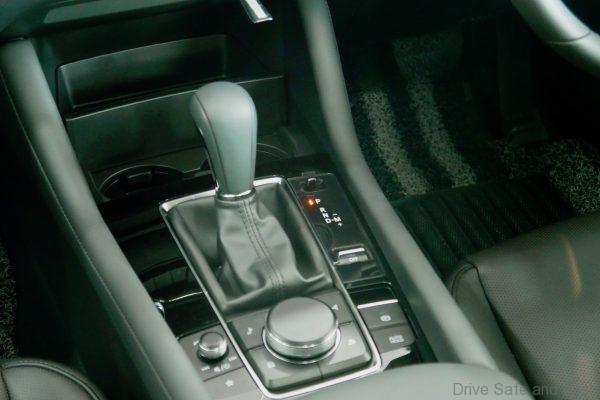
The programming is just awesome, with perfectly timed, aggressive downshifts happening just when you need them to. And the transmission is smart enough to know when you’re driving hard and deliver the kind of responses you want. It’s brilliant stuff.
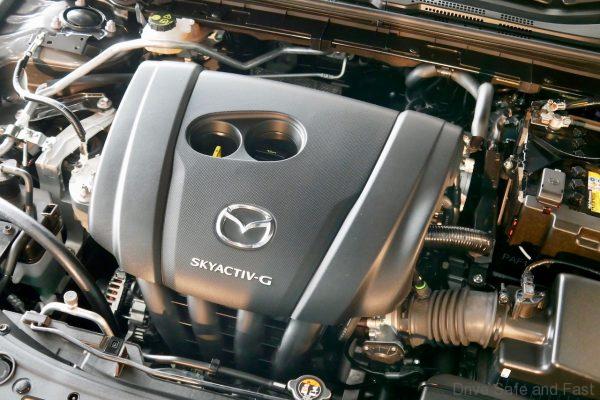
Despite both cars weighing upwards of 1350kg, they’re still rather nimble and there’s a sense that all the components that make up the car were precisely engineered to work with one another. But here’s where we need to talk about the differences.
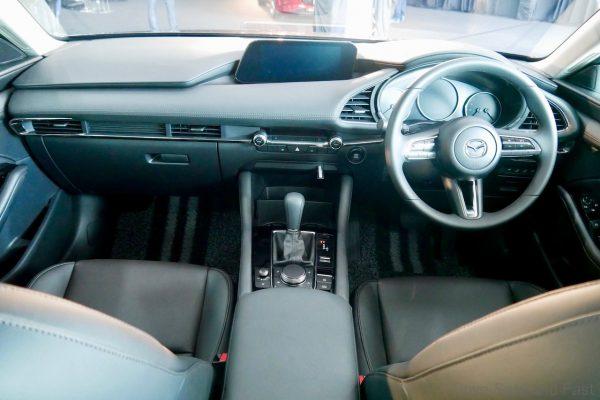
1.5-litre
In the 1.5-litre cars, what you get is a punchy little engine that’s willing and able to move the car up to 110km/h with ease. On the track, the 1.5-litre was plenty until we reached the straights. That’s when we saw it really struggle to build momentum. But if you’re not planning on dangerous speeds and much outstation travel, the 1.5-litre’s fuel efficiency advantages should work in your favour as an everyday owner. The lack of paddle shifters should also be noted here.
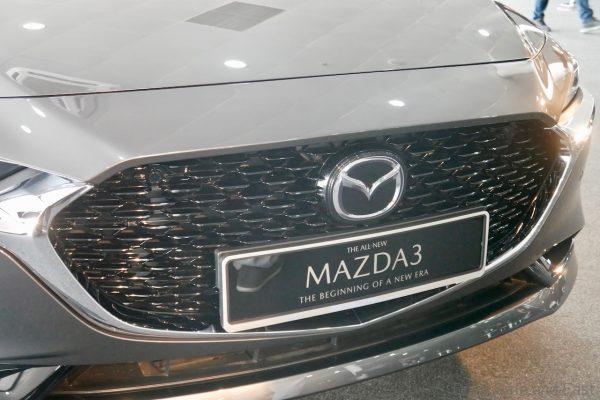
Compared to the Mazda2’s 1.5-litre, the engine has been mildly reworked to produce 118hp and 153Nm of torque. It’s a mild increase in power, that’s probably offset by the new 3’s additional 300kg of weight. Overall I would recommend this configuration for those who are looking for the looks and feel of the Mazda3 with just enough power for the daily commute. For that, it’s more than sufficient.

2.0-litre
The 2-litre Skyactiv-G engine has always been my favourite of their motors. Just like the 1.5-litre, it’s a high-compression, high-revving petrol unit that forgoes turbocharging for atmospheric pressure, but that’s one of its strongest assets. On the track, it’s especially satisfying to drive the Mazda3 in this configuration. Taking it to redline and feeling the momentum build up over and over, more and more with every gear shift puts a really big smile on my face.
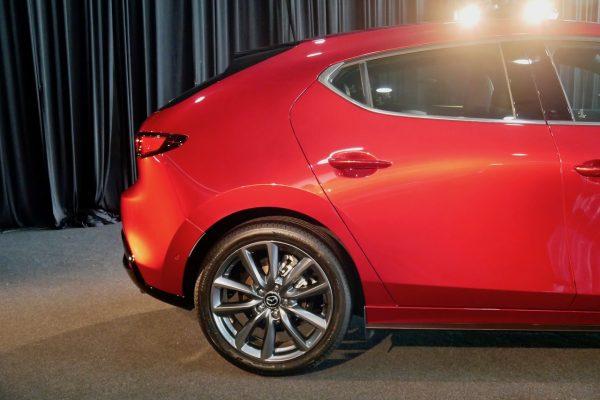
And this engine is really able to deliver on all the looks, hype, and performance potential of the new Mazda3. With 162hp and 213Nm of torque on hand, it’s my pick out of every C-segment offering on the market.
Closing Remarks
Based on our drive at Sepang, it’s safe to say the Mazda3 has successfully elevated itself above the competition in terms of performance. Mazda aimed to move itself progressively towards the premium segment, and the new 3 shows just how much they’ve learnt in one generation of products. Whether you’re absolutely in love with the new Mazda3 or you think it’s overpriced, what we can say for sure is that their cars to come are going to be very exciting.
Mazda3 1.5 Specifications
Engine: Inline 4, Naturally Aspirated, Direct Injection
Capacity: 1496cc
Gearbox: 6-speed Conventional Automatic
Max power: 118hp @ 6000rpm
Max torque: 153Nm @ 4000rpm
Price: RM139,620
Mazda3 2.0 Specifications
Engine: Inline 4, Naturally Aspirated, Direct Injection
Capacity: 1998cc
Gearbox: 6-speed Conventional Automatic
Max power: 162hp @ 6000rpm
Max torque: 213Nm @ 4000rpm
Price: RM150,059-RM160,059

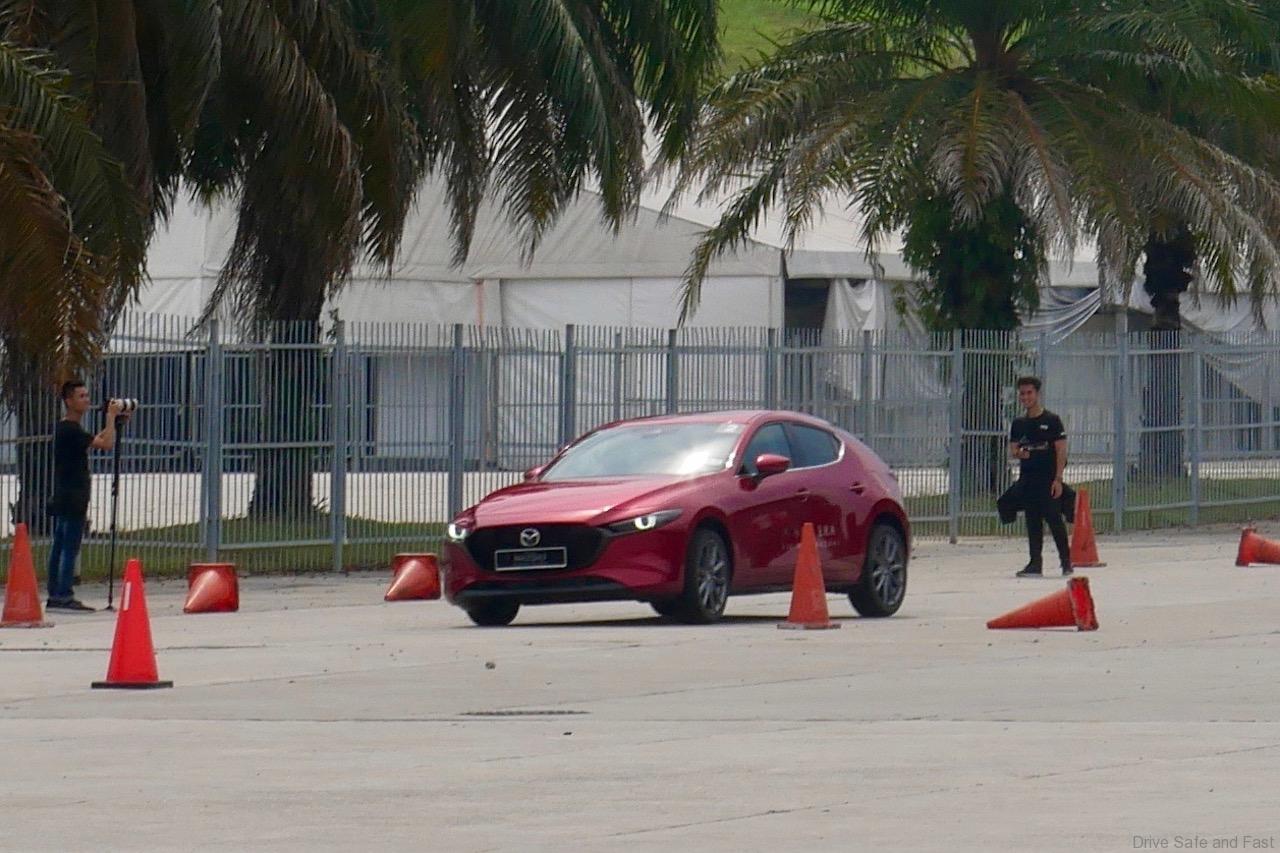
Regretful and disappointed to find out my Mazda 1.5 sedan (CBU) has no safety sensors or alarms except the reversing camera. The car can be locked even if the door is not fully closed and there is no warning by the alarm.
The most offended when the salesman told that :-
1. The car 1.5 is low spec, high spec is 2.0
2. The car was build as engineering design concept